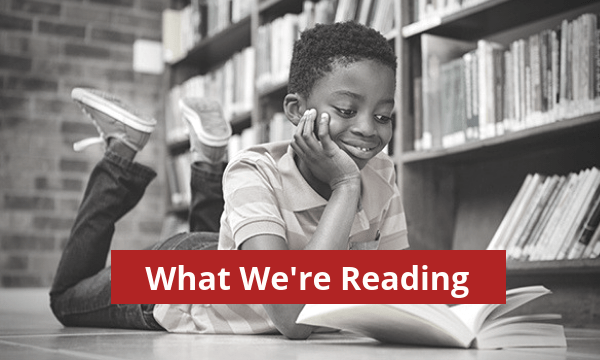Early childhood advocates around the country are celebrating the 2018 Omnibus spending bill recently passed by Congress and signed by President Trump. The bill contains a $2.37 billion increase for the Child Care and Development Block Grant (CCDBG), the largest increase in history. Doubling discretionary funding for CCDBG in FY2018 will expand child care assistance in all 50 states and serve approximately 230,000 more children.
The CCDBG program, which provides child care subsidies for low-income families along with funds for improving child care quality, was reauthorized in 2014 and brought changes to care continuity for children and families and improvements to safety and quality. The 2018 funding increase will allow for full implementation of the 2014 reauthorization, including increases in reimbursement rates for providers.
The spending bill also contains increases for other early learning programs, including:
- $610 million for Head Start with $115 million of that for Early Head Start expansion and growth of child care partnerships to improve care quality
- $250 million for Preschool Development Grants designed to help states build or enhance preschool programs or expand high-quality programs
- $35 million for the Child Care Access Means Parents in School (CCAMPIS) program which supports low-income parents attending institutions of higher education
- $24 million for the Individuals with Disabilities Act (IDEA) to support early intervention and services for preschool children with disabilities
- $20 million for 21st Century Community Learning Centers which strengthens after school programs in high-poverty and low-performing schools
- $5 million for infant and early childhood mental health intervention and treatment through the 21st Century Cures Act
Total increases amount to more than $3 billion for early learning and child care nationwide and draw attention to needed improvements in child care quality. Looking ahead, states will have to grapple with using new funds to expand the number of child care slots in the existing system and increase funding per child for existing slots to bolster quality.
High-quality child care providers in this context can be expected to offer rich and diverse learning materials, have cultural and linguistic knowledge to meet the needs of kids and families they serve, have access to ongoing professional learning, and are supported with living wages.
In Oregon, only 16 percent of eligible families receive the subsidy, and when they do receive it the amount per child does not often purchase high-quality child care that supports age appropriate early learning and healthy development. While the Center for Law and Social Policy (CLASP) estimates that CCDBG funds could reach an additional 2,480 kids in Oregon, the approximately $28 million should be used to increase per child spending in order to increase access as well as improve quality, child outcomes, and school readiness.

